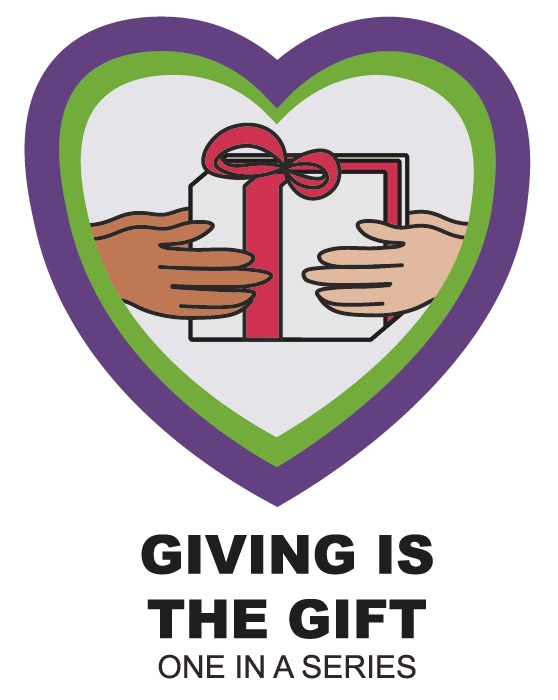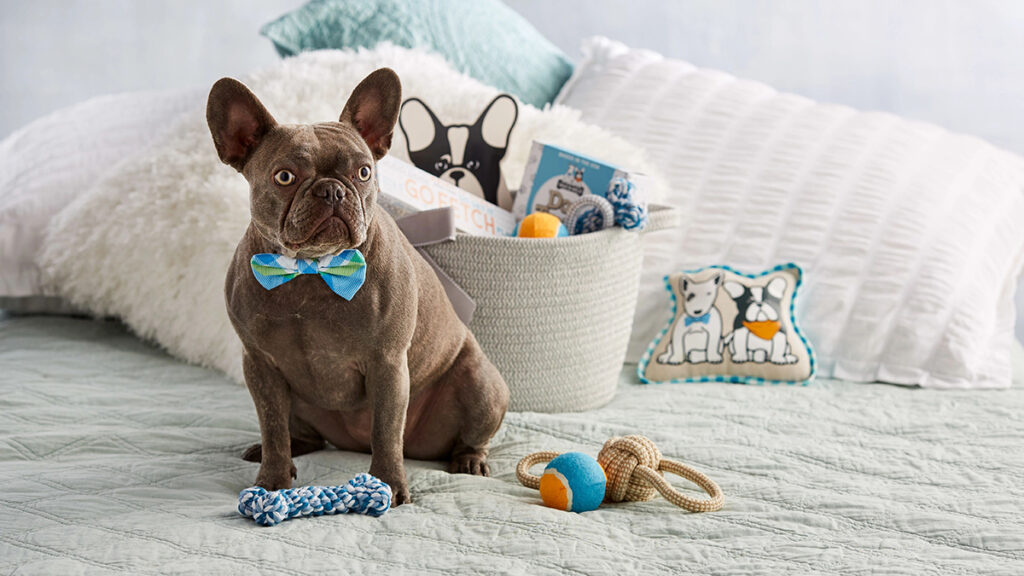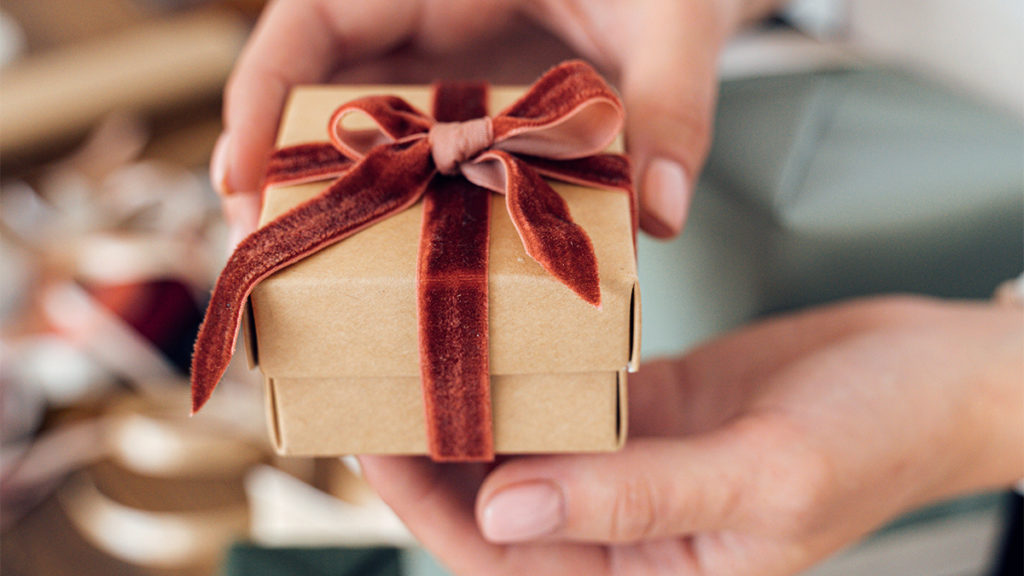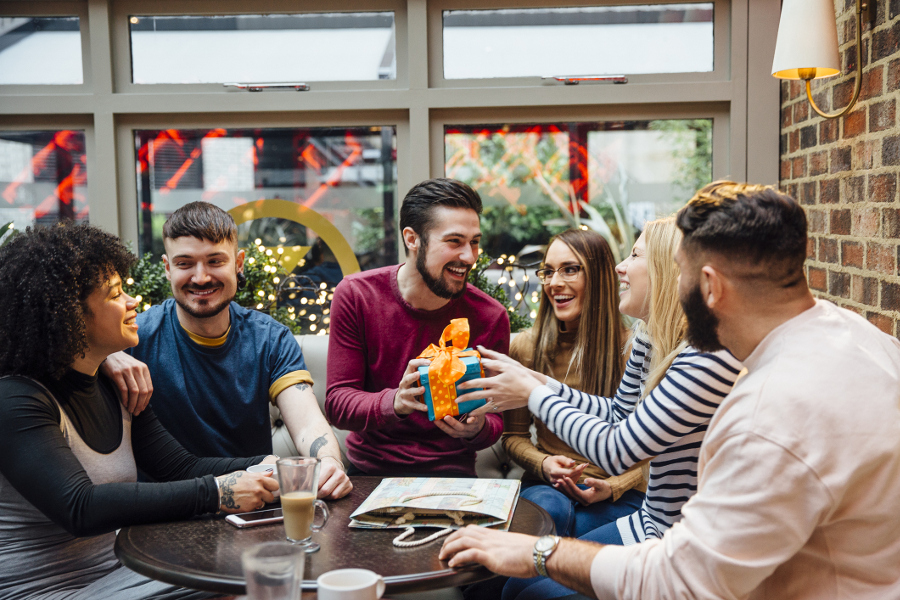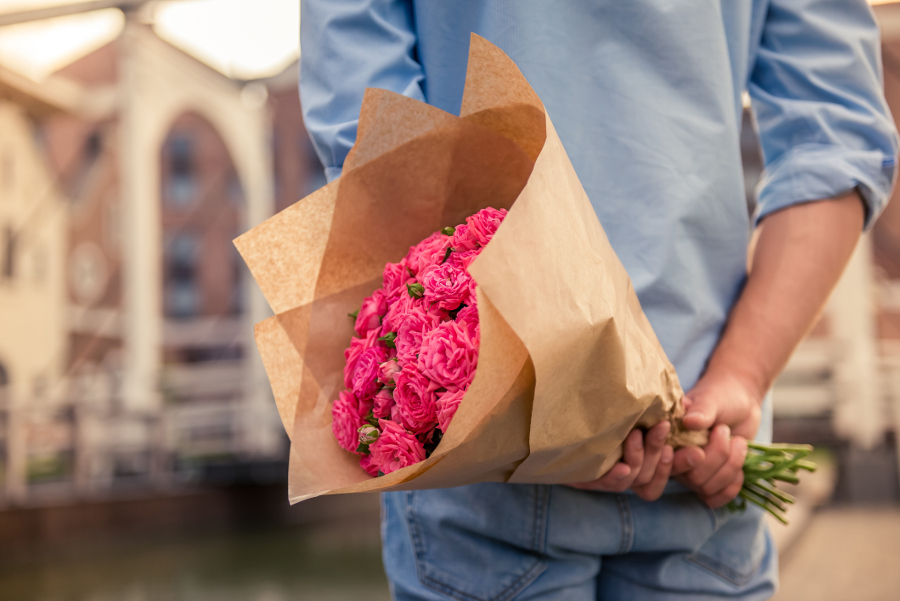In an age where the internet allows us to acquire gifts of every manner and origin within days, how have simple fresh flowers managed to remain one of mankind’s most satisfying and surefire gifts? How can these basic yet alluring blooms still elicit certain feelings within both giver and recipient that even rare, expensive gifts sometimes can’t?
“Few other gifts give a person an instant energy change like flowers do.
Jill manson
Founder of the Jill Manson Floral Design School

Flower therapist and décor specialist Jill Manson, founder of a namesake floral design school in South Africa, says it all comes down to the intrinsic energy of nature, an essence of life that exists both within us and flowers, and the personal benefits that engaging this shared energy provides.
“Plants and flowers are living, breathing organisms, another living consciousness that is part of the same universe we are a part of,” Manson explains. “When we realize this and experience it first hand, a profound peacefulness and sense of belonging can be enabled in our being…a return to a state of wholeness and oneness, and a connectedness that is rooted in positivity.”
Flowers are time tested
Flowers are known to have existed on Earth for nearly 130 million years, and those are just the ones we’ve discovered — the first flowers are thought to have existed as many as 250 million years ago! Though many different forms of life have undoubtedly interacted with flowers since their first appearance, the earliest evidence of humans actually gifting flowers dates to nearly 5,000 years ago, in ancient Egypt, a culture that associated flowers with gods and regularly left floral offerings in sacred spaces.
In the millennia that followed Egyptian rule, flower gifting spread across the globe, thriving especially in ancient Rome. By the mid-1800s, mankind’s fascination with sharing blooms resulted in the emergence of Victorian-era floriography, a full-blown language of flower gifting that defined specific messages to be sent — both loving and disdainful — using certain numbers, colors, and arrangements of flowers.

Flowers provide instant satisfaction
Flowers can be thought of us a two-way gift, a reward to be experienced by the recipient as well as the giver, who gets to witness the heartwarming reaction any human seems to experience when receiving flowers. Manson elaborates: “After all these years of witnessing the act of giving someone flowers, it still happens: People’s eyes light up. Their whole being seems to exhale. Shoulders drop, and the gaze of the eyes softens as the person connects with what they are holding or seeing. There is a moment of stillness that passes that seems like a humbling of the human spirit.”
Manson also notes that the experience of receiving flowers, unlike that of a manufactured gift, offers immediate rewards. While opening, say, a wrapped necklace results only in a shimmer from a still object, “the gift of flowers invokes a sensory experience that is multi-dimensional — smell, sight, and touch — which is a huge benefit for choosing flowers over any other ‘non-living’ present.” This type of instant satisfaction can provide a quick and positive change in someone’s day, both emotionally and mentally.
Flowers say what words can’t
On certain days that call for elegant expression of our absolute deepest feelings, flowers are a time-honored tradition — roses for Valentine’s Day, white flowers for funerals, specific blooms for each anniversary year. On days as meaningful as these, gifting pure natural beauty instead of mere words will likely always be seen as a silent requirement.
Though such occasion-based floral gifts are often simple and traditional, or distinctly designed and purposeful, they can still be personalized. Nearly all cultures and countries have their own traditions when it comes to flowers, and applying them to a floral gift based on a recipient’s background or preferences can put an extra thoughtful touch on an already poignant present.
Flowers enliven our spaces
Gifting flowers to be placed in common indoor areas can do wonders to passively enliven the atmosphere and, effectually, keep on giving every time a passerby encounters their vibrant sights and smells. “My home and my office feel so empty without flowers or plants in it. When they are in place, I feel a sense of upliftment and general well-being,” Manson says. “In my office, I feel less procrastination to start the daily to-do lists. At home, it feels as if I can breathe more deeply, that my home is blessed by some gentle presence.”

As for measurable indoor benefits, flowers and plants can ease stuffy conditions by helping to provide oxygen and improve humidity in a space, as they do on a larger scale for Earth. After all, Manson points out, “without plants, mankind cannot survive. This is probably the biggest clue to why plants change the energy of our spaces.” And even when their colors fade and their life as an active bloom ends, dried flowers can serve as charming indoor décor; some even look fantastic when framed, serving as a reminder of both treasured times past and familiar seasons to come.
Flowers relax, energize, and inspire
There’s a reason many people turn to gardening as a means to dispel depression, or visit large-scale gardens to lessen the stress of everyday life: Appreciating flowers is a multifold reward, offering relaxation, energy, and inspiration. “Few other gifts give a person an instant energy change like flowers do,” Manson says. “Flowers bless immediately. It’s as if they are a balm or a tonic, an elixir, that the moment they are received, they breathe life and joy into the recipient.” Studies have also shown that simply being in the presence of something so naturally perfect as flowers can encourage creativity.
Flowers make meaningful connections easy
If you don’t yet know someone well, aren’t familiar with their specific likes and dislikes, or simply just aren’t sure what to gift someone you already know, you can never go wrong with flowers. And when selected to reflect elements of your personal taste, they can also serve as a great introduction to the you within. Try assembling a bouquet of your choosing, explaining its whats and whys to the recipient, and how you feel the blooms relate to them. Receiving a gorgeous living thing as a gift is always a touching experience, but receiving flowers chosen with care and intention can establish an even more substantial connection, and deliver a message with the utmost sincerity.



